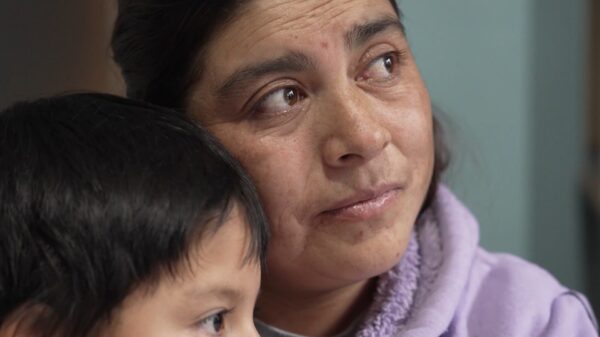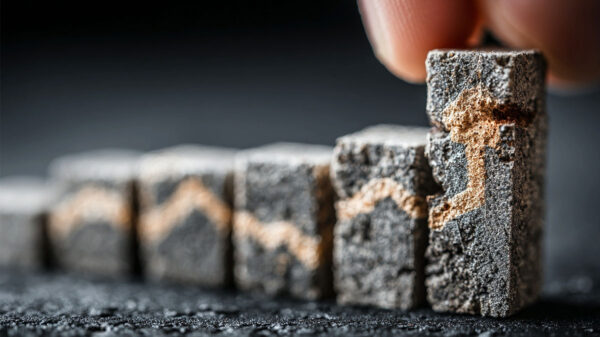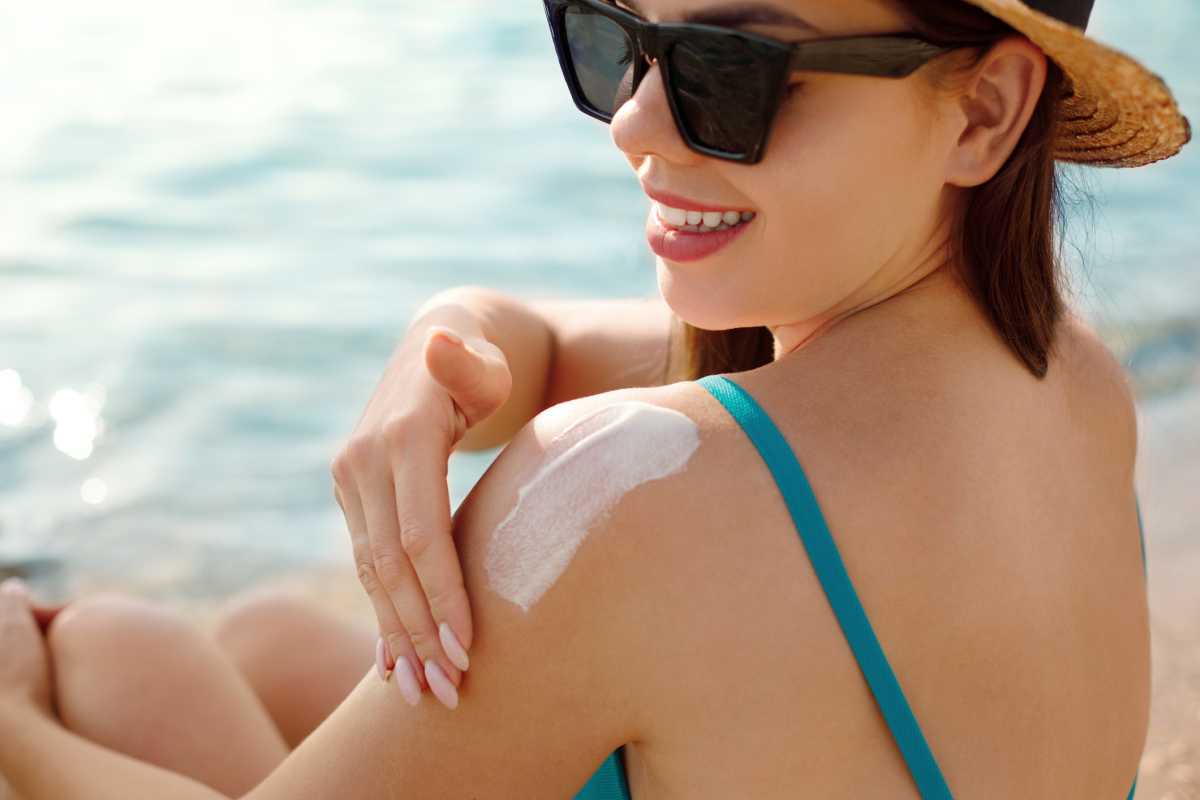As summer temperatures soar across New York City, residents face increased risk of skin issues, including rashes and sunburn. This season has recorded temperatures reaching up to 100 degrees Fahrenheit, prompting health experts to emphasize the importance of skin safety. According to the Behavioral Risk Factor Surveillance System, nearly 30% of adults in New York State reported experiencing at least one sunburn in the past year. Alarmingly, over 50% of Americans do not regularly use sunscreen, raising concerns about potential skin conditions such as sunburn and skin cancer.
Recognizing the signs of sunburn and implementing protective measures is essential, particularly for families with children. Dr. Asha Patel Shah, Head of Medical Affairs NA, Skin Health & Beauty at Kenvue, offers insights into summer skin safety and practical tips to mitigate risks associated with sun exposure.
Understanding Sunburn
Sunburn is an acute inflammatory reaction resulting from damage caused by ultraviolet (UV) radiation. Dr. Shah explains, “The UV rays penetrate your skin and trigger an inflammatory cascade, leading to classic signs such as redness, warmth, pain, and sometimes blistering.”
Research published in the American Journal of Preventive Medicine indicates that between 28% and 53% of children have a history of sunburn. Those spending extended periods outdoors, especially during peak sun hours from 10 a.m. to 4 p.m., are at greater risk. Dr. Shah highlights that children’s skin is particularly vulnerable as their protective mechanisms are not fully developed, making them susceptible to quick sunburn.
Identifying Sunburn Across Skin Tones
Identifying sunburn early is crucial for effective treatment. Dr. Shah advises looking for signs such as irritated skin, tenderness, and redness. For individuals with lighter skin tones, redness is often the most apparent indicator. Conversely, those with darker skin may exhibit subtle changes, such as pink or purple hues.
A misconception persists that individuals with darker skin cannot experience sunburn. A study by the Centers for Disease Control found that between 9% and 13% of Black men and women report at least one sunburn annually. Dr. Shah emphasizes that even infants can suffer from sunburn, and parents should be vigilant for signs of dehydration, including dry mouth and fussiness.
“Just one blistering sunburn in childhood can double a person’s lifetime risk of melanoma,” Dr. Shah warns. Beyond cancer risks, repeated sun exposure contributes to premature skin aging, including uneven skin tone and fine lines.
What to Do If Your Child Gets Sunburned
If a child gets sunburned, immediate action is essential. Dr. Shah reassures parents that sunburn is common and can be treated effectively at home, depending on severity. “Get your child out of the sun and into shade or a cool, dark room,” she advises. Applying cool compresses or a lukewarm bath can provide relief, but direct contact with ice should be avoided to prevent further skin damage.
Topical treatments such as aloe vera can help soothe the skin, while a colloidal oatmeal bath is recommended for children with sensitive skin. If blistering occurs, parents should seek medical attention at the nearest urgent care.
Staying Safe This Summer
Dr. Shah encourages families to embrace sun safety strategies. “Keep children out of direct sunlight, especially during peak hours. Wearing protective clothing, such as long sleeves and wide-brimmed hats, and using broad-spectrum, water-resistant sunscreen with an SPF of 30 or higher are crucial steps,” she advises.
While enjoying outdoor activities is important, adopting responsible skin protection measures ensures a safe summer for all.







































































